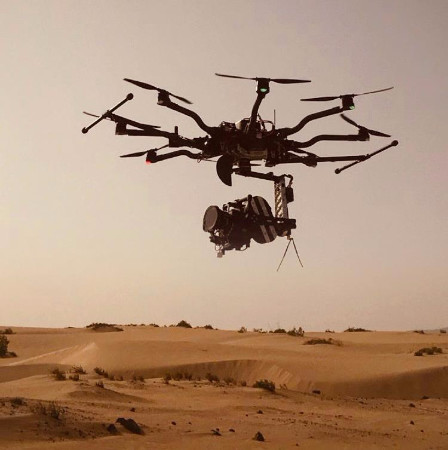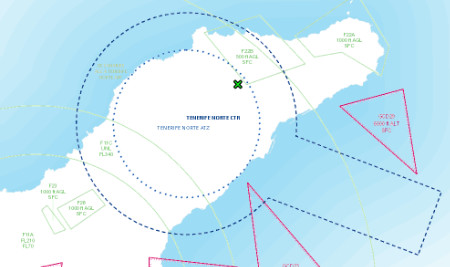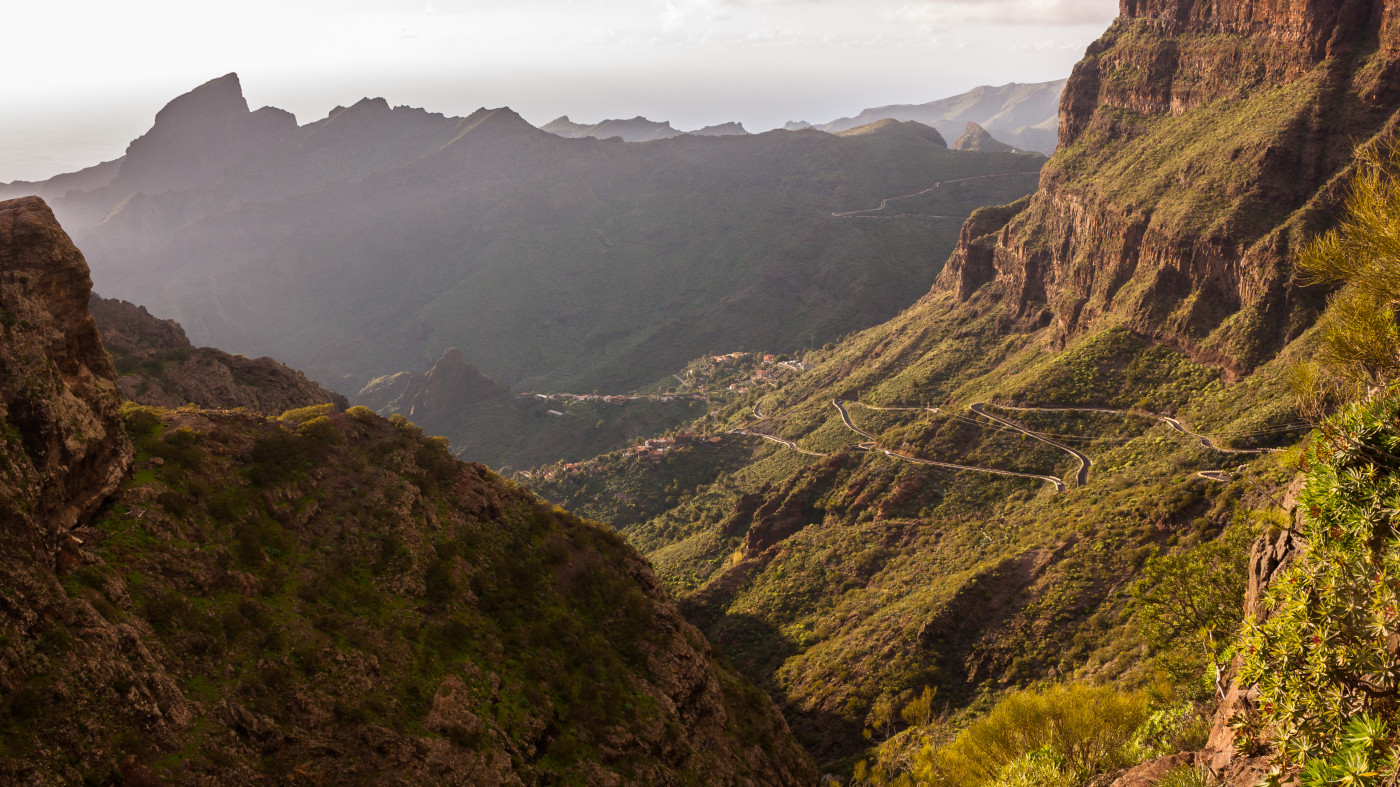Summary
Astraeus Aerial contacted us to obtain the accreditation to operate in the Canary Islands to participate in the filming of Wonder Woman 2. The assignment involved flights in a dozen locations, with two of them located inside the ATZ of the Tenerife Norte airport
Our work involved the accreditation of Astraeus to operate in Spain and then obtain the first approval ever in Spain for operations in controlled airspace
OUR ROLE
- Adapt Astraeus Operations Manual and procedures to the Spanish Regulation
- Anticipate the requirements, to create a concept of operations compliant with them
- Explaining the process to Astraeus and the end client (Warner Brothers) not familiar with the Spanish Regulation
CHALLENGE
When Astraeus Aerial contacted us, AESA had not yet approved any operator for any scenario requiring approval and had not yet released the standard scenario for controlled airspace, while JARUS was still developing the SORA methodology
Taking into account the expected response time by the Authorities involved, there was not enough time to complete the process before the filming started
It looked like an impossible task!
Hal Winer, Chief Operating Officer, Astraeus Aerial, LLC
Getting the operator accreditation
The first task of the assignment was comparatively easy. According to the Spanish regulation, low risk drone operations are subject to a declarative regime. What this means in practice is that an operator presents a declaration in which states that it complies with all the rules and regulations (and there are a lot!). The Authority acknowledges the declaration and the receipt constitutes the permission.

Low risk operations are those that take place:
- at low altitude (less than 400 ft)
- in uncontrolled airspace
- outside populated areas
- in daylight
- in Visual Line of Sight (VLOS) from the pilot.
The declaration system has some advantages because it is very fast and straight forward, but also creates some problems:
- All the responsibility lies in the operator. If an operator honestly believes that it complies with the regulation, but it does not, the operator is in trouble. That is why we offer a regulatory compliance service.
- Of course, some operators are perfectly aware that they do not comply, but that is another story.
- There is no room for “exemptions”. It is an all-or-nothing approach. If your operations, or your procedures do not comply exactly with the regulation, you are out of luck.
In this particular case, getting the accreditation for an US operator, following the declarative procedure means that many of the requirements were not formally met by the operator, at least if you follow the literal text of the regulation. Our work at this stage mainly involved “translating” the Spanish requirements to what Astraeus really does, to prove that, in fact, they were equivalent.
Fortunately, Astraeus Aerial follows very strict safety procedures making it possible the conversion. We were very thorough with the conversion and it proved to be the right approach as was demonstrated at the end, when the inspection performed by AESA (the Spanish Civil Aviation Authority) to grant the approval confirmed that our “interpretation” of the regulatory requirements was correct.
This process took us the better part of July, but we were able to file the declaration with a couple of weeks to spare before the start of the project.
The hard work begins
Once the locations outside of controlled airspace were secured, we started the seemingly impossible task of having a US operator to become the first operator ever approved in Spain.
In principle all that was required was to follow a very strict procedure to obtain the approval to operate in controlled airspace. The only problem was that such procedure was not yet available:
The Spanish regulation is based on the proposals of the European Commission and EASA (the European equivalent of the FAA) for the future European common UAS regulation. This regulation classifies operations based on their intrinsic risk, with flights in controlled airspace considered as “specific operations”, subject to the successful completion of a Specific Operations Risk Assessment (SORA).
The SORA methodology was still being developed by the Joint Authorities for Rulemaking in Unmanned Systems (JARUS), but we were able to obtain the latest version thank to the fact that our affiliate company EuroUSC Italia participates in JARUS.

It was foreseen that AESA would create “standard scenarios” for the most common types of operations. Flights in controlled airspace in unpopulated areas would be one of them, but at the time the standard scenario was not yet available and, in any case, would not be applicable because the intended location was not only inside controlled airspace, but also inside the ATZ of the Tenerife Norte airport, and arguably also inside the “airport environment zone”.
In conversations with the Air Navigation Service Provider (ANSP) of the airport, we knew that they would not be willing to accept an operation that was not fully compliant with a standard scenario. For that reason we had to combine standard mitigations with a very restrictive concept of operations and include a custom designed failsafe device to ensure that the UAS would be always inside the defined containment area.
Lessons learned
The project was very instructive for all the parties involved. Its success was the result of hard work and coordination between the UAS operator, the aviation safety consultant and the end client. Together we were able to present a solid case to the authorities, anticipating their requisites and gaining their trust.
In the future there will be international harmonization and foreign recognition arrangements that will expedite the process, but until these are put into place, the only way to guarantee that an operator can fly in a complex scenario in a different country, with a different regulatory regime, is to possess a safety management system that goes beyond the specific requirements of the local Civil Aviation Authority and really addresses the risks of the operations. The Spanish regulation is very different to the American regulation, easier for low risk operations, but much more restrictive for the higher risk operations, yet Astraeus Aerial was found to comply with it.
Hal Winer, Chief Operating Officer, Astraeus Aerial, LLC
